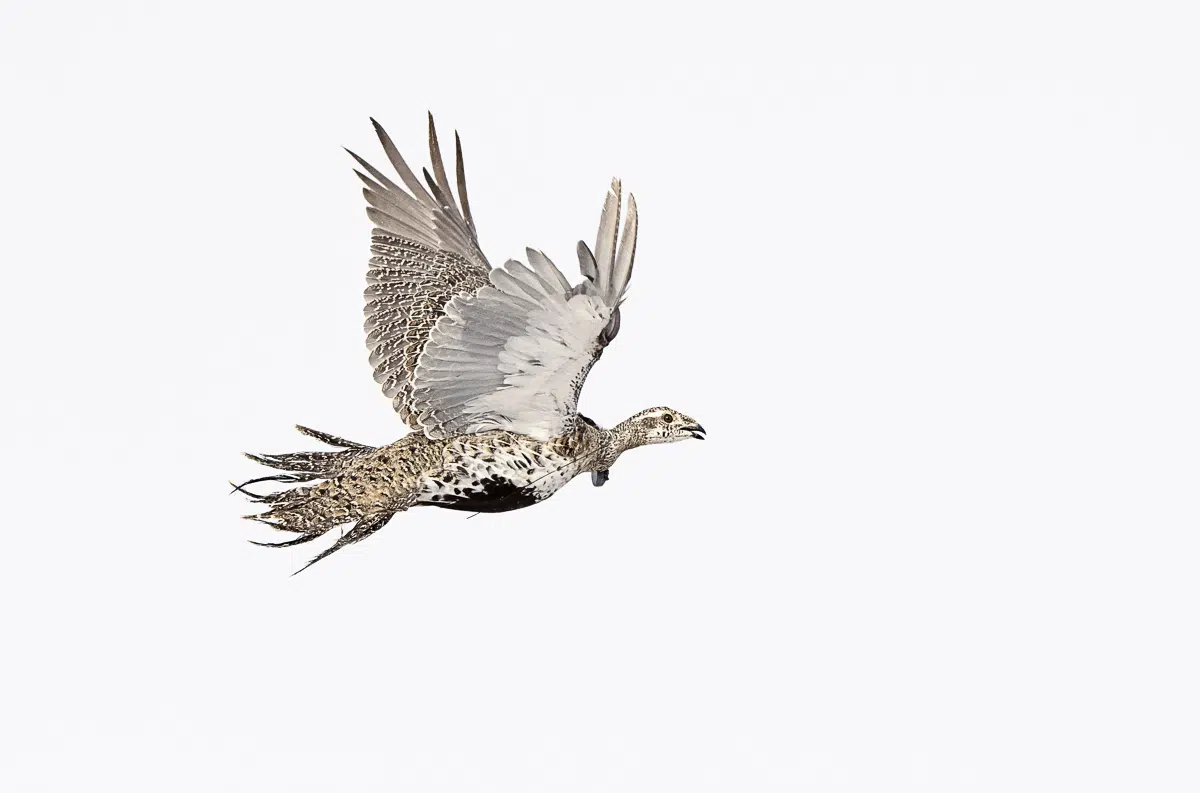
Calgary Zoo releases 66 sage grouse into wild
CALGARY, AB — The Calgary Zoo says they significantly boosted the wild population of the greater sage grouse.
According to a release sent Monday morning, the zoo revealed they have released 66 birds into the wild as part of a partnership between the zoo, Parks Canada, and the Nature Conservancy of Canada.
“We’re extremely proud of the great effort that has been going on since we became involved in this over five years ago and the great partnership with the government and non-government agencies,” said Dr. Axel Moehrenschlager, director of conservation and science at the Calgary Zoo.

